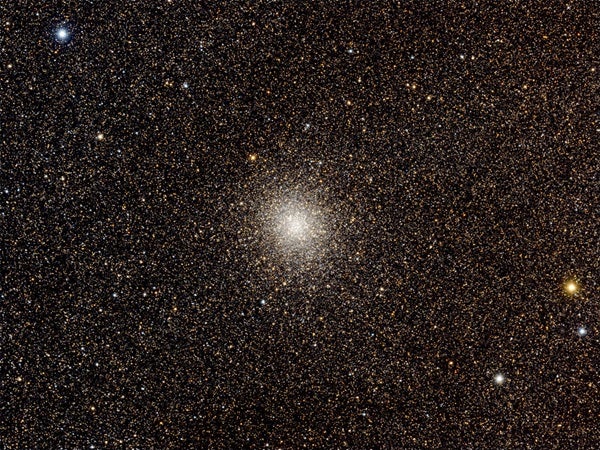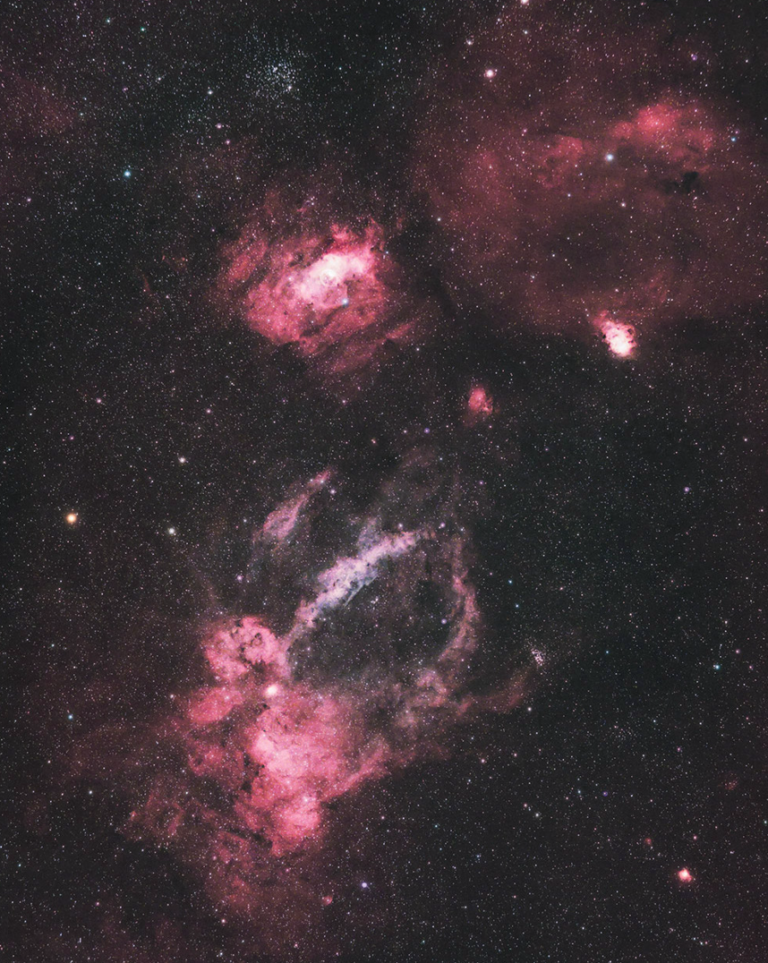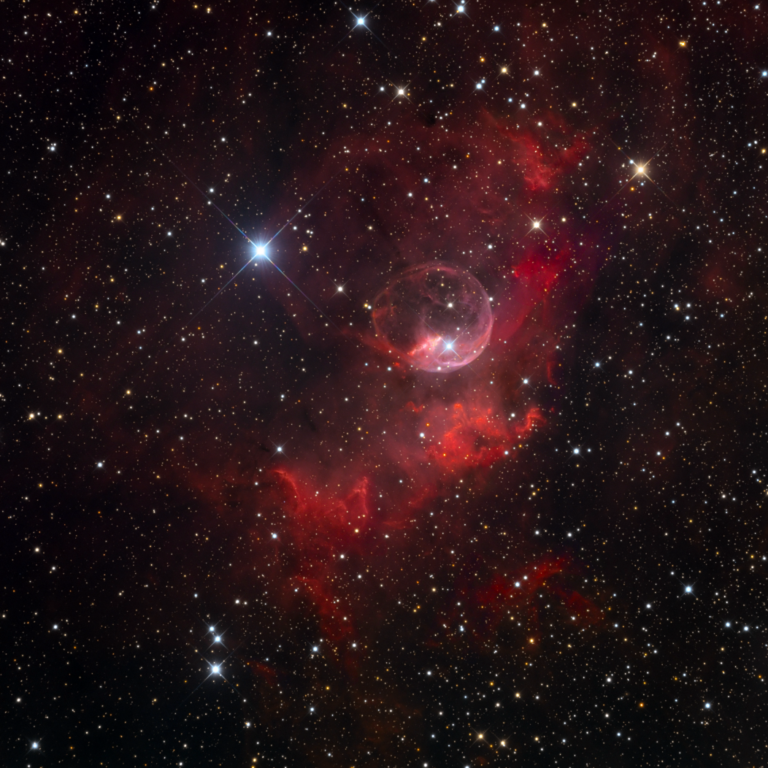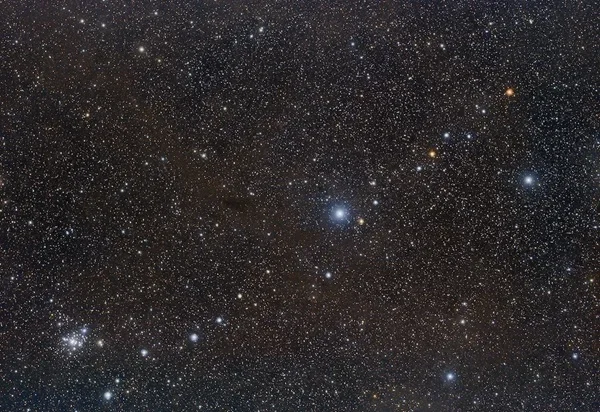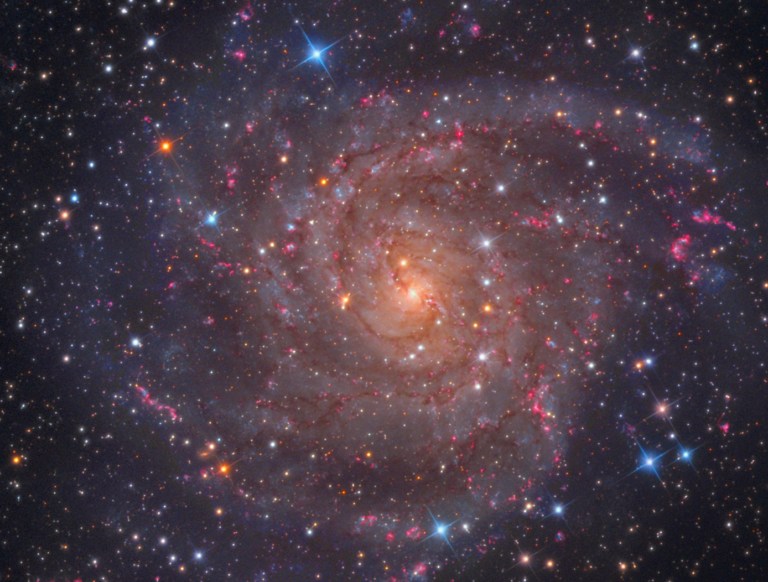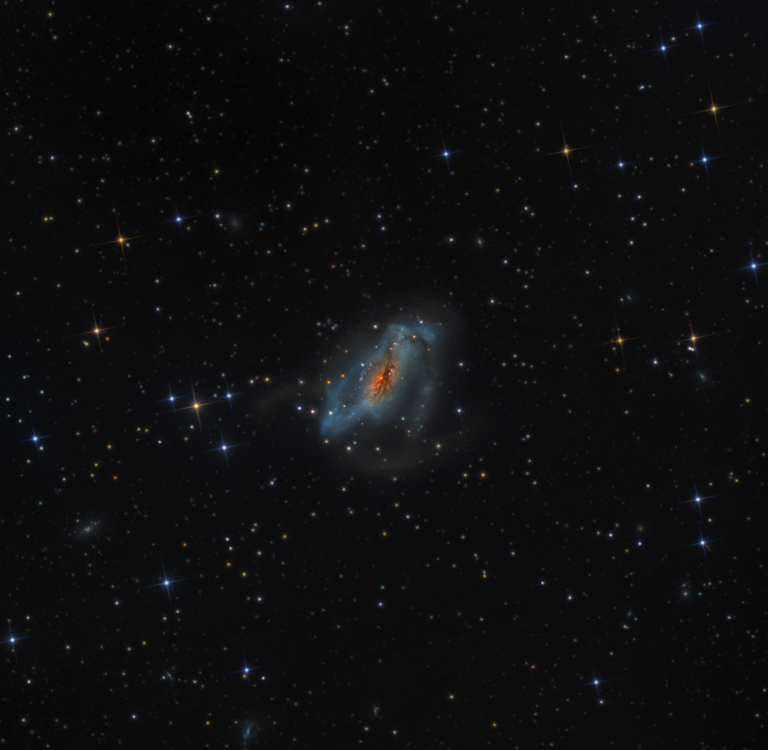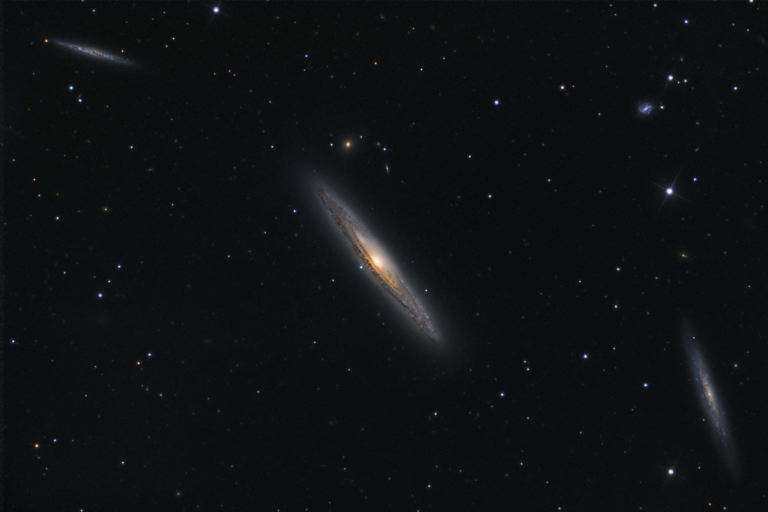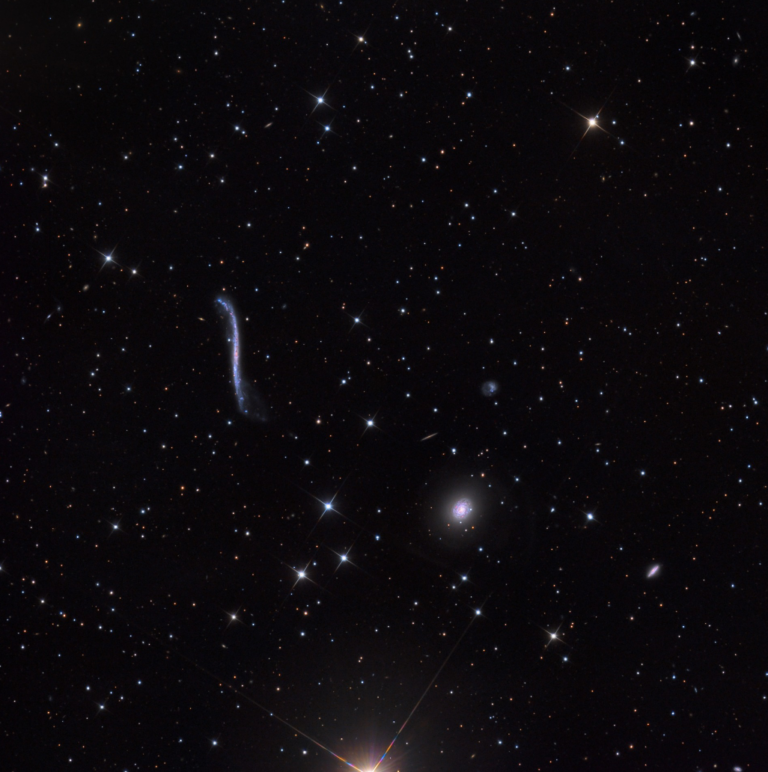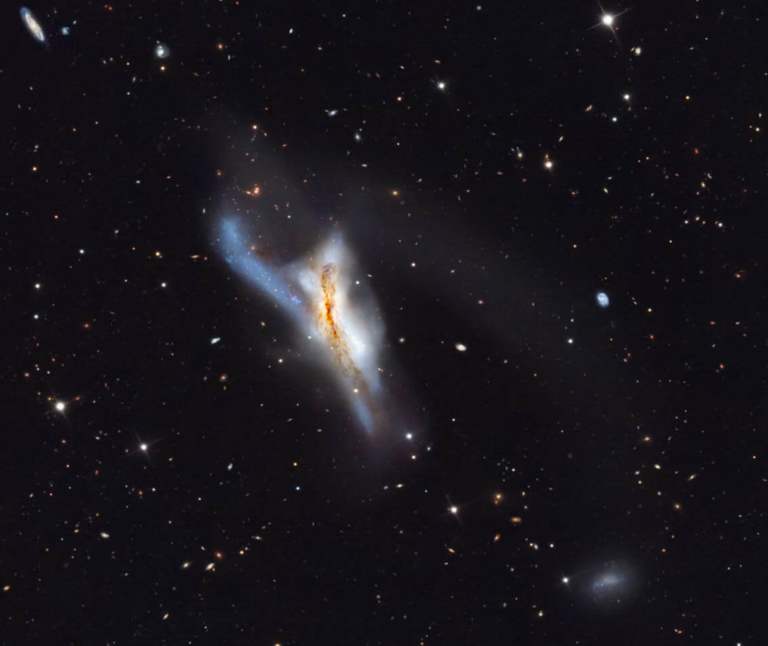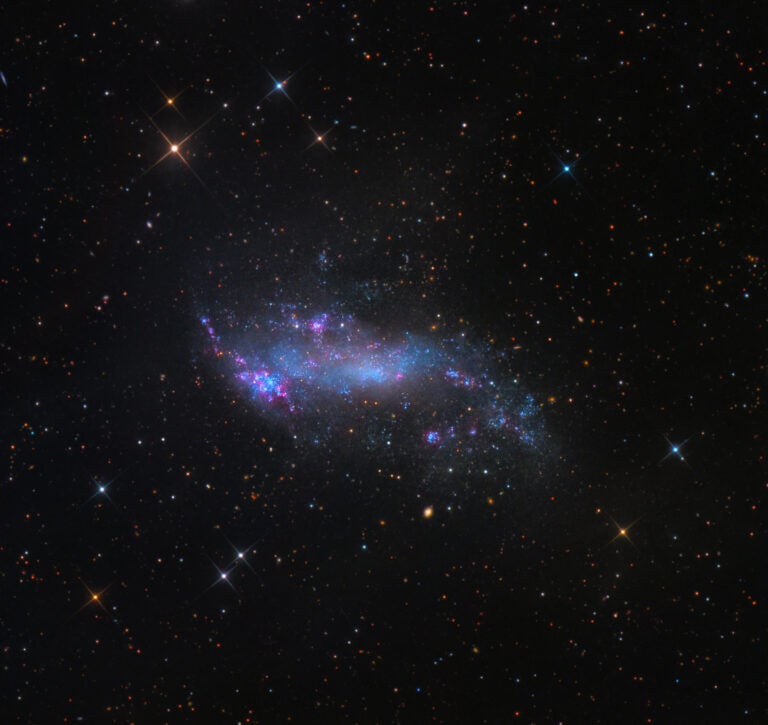In 1665, while observing Saturn (which was located in Sagittarius at the time), German astronomer Johann Abraham Ihle came upon an unexpected sight. Just over 2° northeast of 3rd-magnitude Kaus Borealis (Lambda [λ] Sagittarii) at the top of the Teapot asterism, he found a small, nebulous patch. Although he had no idea what he had seen, Ihle had unintentionally discovered the first globular cluster. Today, we know it as M22.
The Hercules Cluster (M13) may be considered one of the finest globular clusters in the night sky, but it gets stiff competition from M22, which appears larger and a half-magnitude brighter than its Herculean counterpart. That apparent superiority, however, is an illusion caused by disparate distances. M22 is little more than 10,000 light-years away — less than half the distance to M13.
Despite M22 containing less than half the stars of M13, it still proves easier to resolve. A 3.5-inch scope is all it takes to spot at least some stars around the fringes. An 8-inch is more than enough to display a multitude of faint stars strewn across the entire cluster.
Make a slow, careful study of M22, noting its overall shape. Most globular clusters are round, but not M22. It’s elliptical, with the long dimension angled northeast-southwest. This odd shape is apparent through nearly all scopes and even in larger binoculars.
Of the 150 known globular clusters associated with the Milky Way, M22 is one of only four that contains a planetary nebula. In 1985, NASA’s Infrared Astronomical Satellite uncovered a mysterious infrared source among the cluster’s stars. After four years of research, astronomers showed that the source was a planetary nebula located 1′ south of the cluster’s center.
Finding this planetary, known as GJJC 1, takes an aperture of at least 20 inches. The best seeing conditions are also a must, because at least 600x is required to make out the planetary’s tiny disk.
Make sure to explore Astronomy’s full list of 101 cosmic objects you must see. New entries will be added each week throughout 2022.
To get the latest astronomical news and observing content delivered directly to your door, subscribe to Astronomy magazine today!

